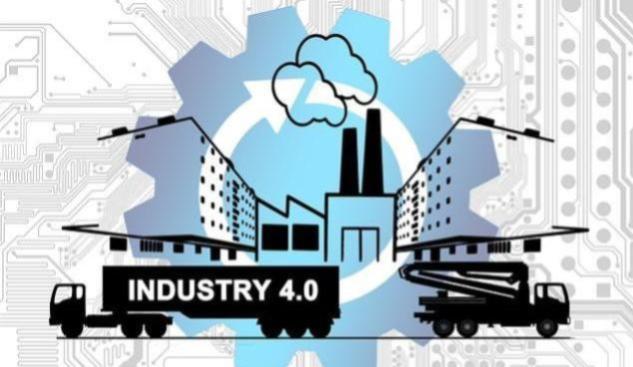SHARE
Industrial IoT is booming thanks to a drop in Sensor Prices
IoT needs no introduction. When IoT is implemented in the industrial and manufacturing space it becomes Industrial Internet of Things. IIoT holds a major subset of IoT, the Industrial IoT is all about connecting smart sensors to the internet and using the information to make better business decisions. The greatest difference between the IoT and Industrial IoT is that the IIoT is designed to be relatively closed environment focused on communicating with a company.
In fact, it has been estimated that manufacturing companies worldwide will spend $500 billion a year on IIoT Technology. Furthermore, the value generated by IIoT will reach $15 trillion per year by 2030. It mainly involves connections, things, and data. IIoT in actuality involves a network of smart sensors collecting data. The cost of sensors is drastically reducing, in 2004 the average cost of sensors was $1.30 and in the year 2020, it is expected to come down to $0.38. With the decrease in the cost of sensors, now we can collect more data and can make more intelligent decisions at a lower cost.
Manufacturers are currently using IoT solutions to track assets in their factories, consolidate their control rooms and increase their analytics functionality through predictive maintenance. Smart manufacturing is the use of IoT devices which typically involves retrofitting sensors to existing manufacturing equipment, whereas new manufacturing equipment comes with IoT sensors pre-installed. With the fitting of sensors, there is a drastic improvement in the efficiency and productivity of manufacturing operations. Now that the cost of sensors is slashing, manufacturing operations can be achieved more efficiently and with more productivity and also will have a good return on investment.
Industrial IoT will help manufacturers to increase their productivity by 30%, also with the sensors fitted the manufacturers can predict when the machines will fail and hence they can fix the problem before it becomes huge. Real time data tracking can also be achieved now at a lower cost as the sensor prices are slashing.
Today, 35% of US manufacturers are currently collecting and using data generated by smart sensors to enhance manufacturing and operating processes.
38% currently embed sensors in products that enable end users/customers collect sensor generated data.
With the lowering of sensors cost the IIoT could bring significant profit and prosperity to many:
- The Industrial Internet of Things (IIoT), which enables new digital services and business models based on intelligent connected devices and machines, is expected to particularly boost growth in mature markets, sensors are smarter and cheaper
- Networks are nearly everywhere, meaning the data collected by sensors can be efficiently transmitted
- Cloud computing architecture has made cheap data storage possible
- Data science keeps getting better, which means the important findings in the data can be accessed faster and more reliably.
- Deeper performance insights
- Reduced cost of predictive maintenance
- Increased operational efficiency
